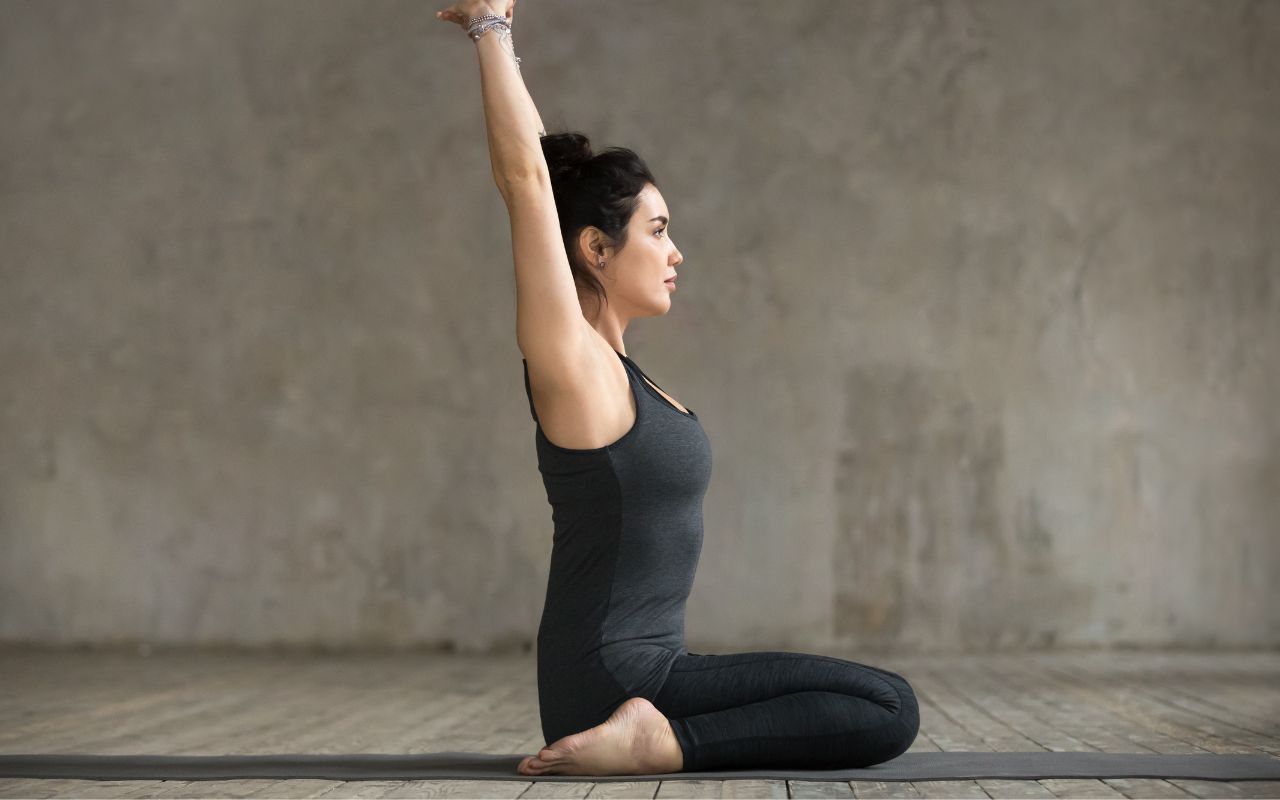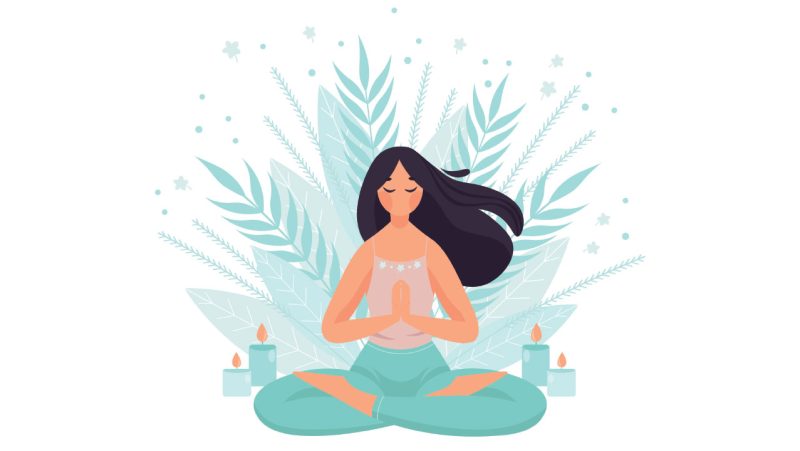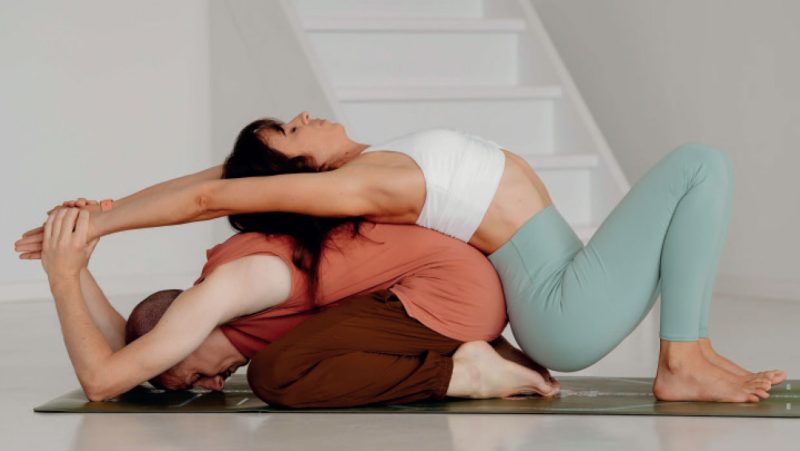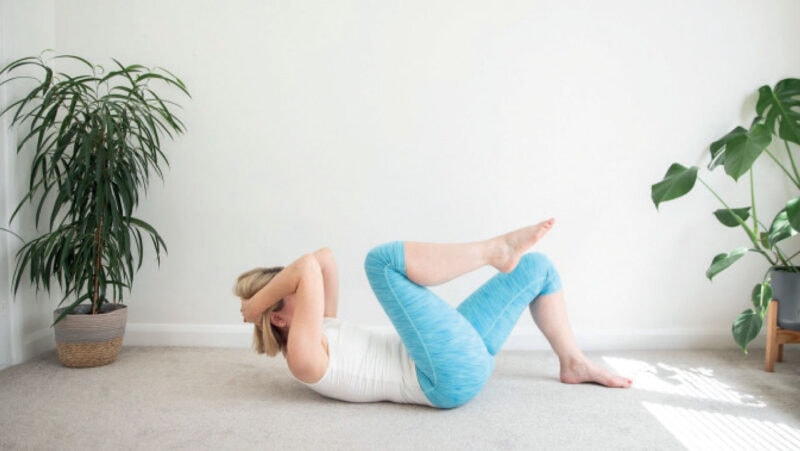
Goodness Gracious!
Exploring Bhadrasana – Gracious Pose. By Diane Ashfield
There's a saying in yoga that you should master all of the standing poses before attempting the seated postures – and there's a good reason for this. Developing strong leg muscles when practicing the upright asanas gives us a good foundation for when we eventually come down to the floor, as some of the sitting poses – especially Lotus (Padmasana) – demand strong thighs, hips and knees as well as flexible ankles.
Bhadrasana or Gracious Pose is a wonderful sitting posture which is a cross between Vajrasana (Thunderbolt) and Virasana (Hero Pose), which some may find kinder to the legs and ankles than practicing Lotus.
To begin with, we sit in Thunderbolt – knees bent, resting our bottom on our heels. Keeping the spine long, slowly begin to take the knees wide apart (you might like to shuffle a bit here) so that the bottom eventually rests on the floor and the sides or soles of the feet are cupping the buttocks. On paper, it sounds incredibly easy, but Bhadrasana requires strong ankles and hips. Sit on a blanket to support the ankles or use a rolled-up towel, blanket or a block under the seat to begin with if our bottom doesn't quite reach the floor.
As well as stretching the quads and opening up the hips, Gracious Pose also stretch the inner thigh muscles and groin, which is especially beneficial if our muscles feel tight from sitting down at our desk all day. It stimulates the entire pelvic region, improving our digestion and reducing any feelings of bloatedness.
Bhadrasana is fabulous in encouraging the spine to be long and straight by strengthening the muscles in the lower back which can help to promote a better posture. BKS Iyengar mentions in Light on Yoga: "The importance of having a healthy lower back can be realised if we watch old people when they sit down, get up and walk, for consciously or unconsciously they support their backs with their hands. This indicates that the back is weak and cannot withstand the strain. As long as it is strong and needs no support, one feels young though advanced in age."
When practicing Gracious Poe, keep the spine long and straight, chin parallel to the floor and encourage the shoulders down and away from the ears. Rest your hands on your thighs, and as Bhadrasana calms the mind and stimulates the Muladhara (Root) Chakra, you might like to use it as a base for meditation, perhaps introducing a Mudra or gently closing the eyes.
Of course, Bhadrasana isn't suitable for everyone, especially those with hip, knee or ankle injuries and sensitivities. In some cases, Gracious Pose is classified as an advanced posture – and only recommended for those with very strong (and supple) ankles! Remember that it's not cheating if we use a blanket or blocks for support or padding, we are merely easing and guiding our body gently into position. Don't be tempted to use force as when the body is strong and knows where it's going, it will let you know because it will feel totally amazing! In fact, you might even think to yourself, "goodness Gracious!"







